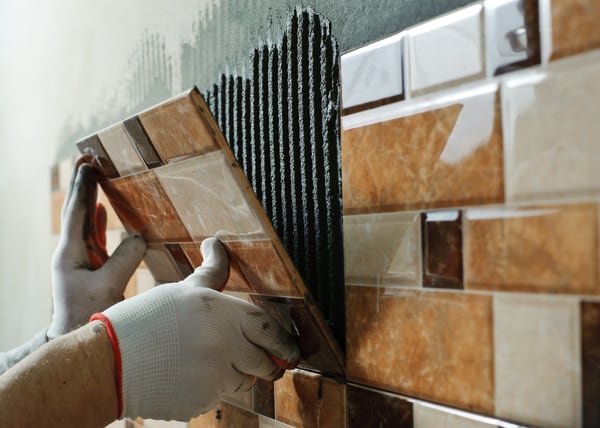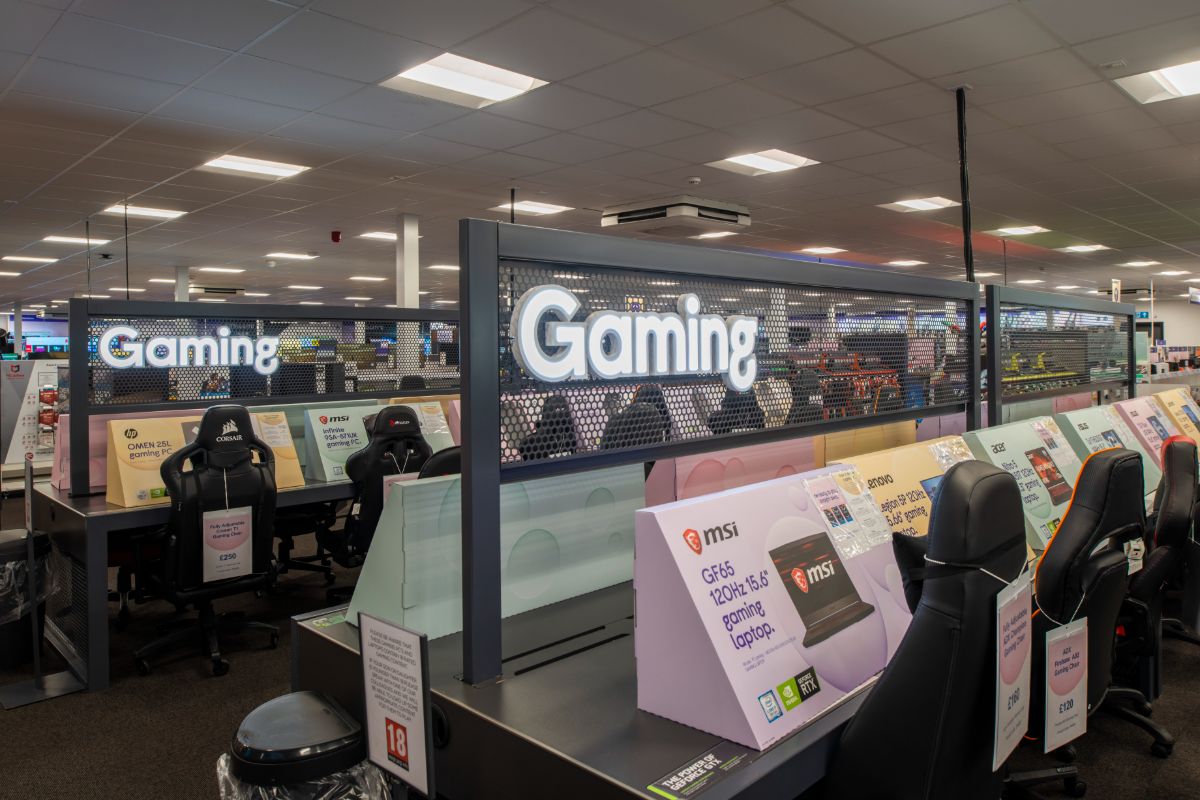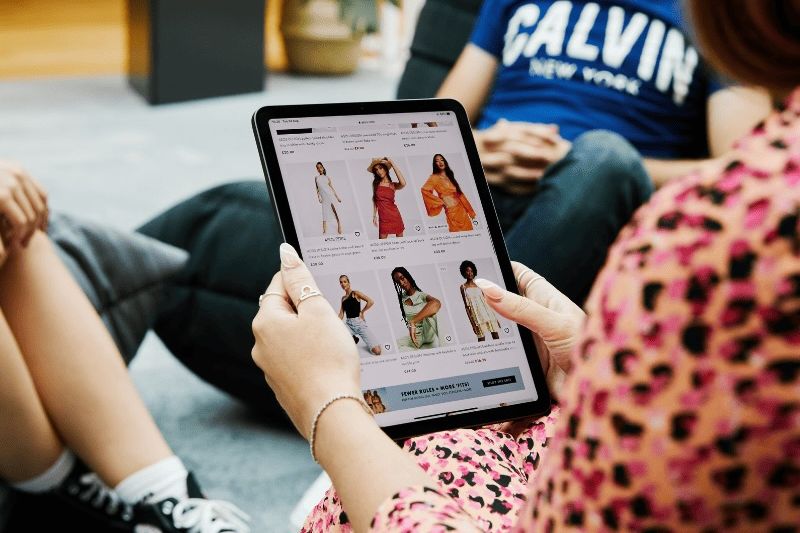Topps Tiles saw business swing from its stores to online in the first half of its financial year, with “exceptional” retail sales in the first quarter – before its stores were ordered to shut in January for lockdown 3.0. That lockdown, says Topps Tiles, demonstrated once more the importance of its omnichannel business model as online sales more than doubled, with 85% of orders still collected from store.
Sales grew by 19.9% in the first quarter, compared to the same time last year, but in the second quarter they initially swung by about 45% to a decline of 25%, initially before recovering to a 17.3% decline across the quarter. But while stores were closed, online sales grew by 135% on the same time last year, and its retail website broke records for revenue, orders, website traffic and conversion. Its supply chain shifted from store replenishment to single picks for customer deliveries. Meanwhile, its commercial business shifted focus in sectors less affected by lockdown – and away from hospitality and leisure.
Topps Tiles today reported sales of £103.2m in the 26 weeks to March 27. That’s 2.8% down on the same time last year. Retail sales fell by 2.4%, with when the impact of store closures was excluded, like-for-like sales were 2% ahead of last year. At the bottom line, it has moved into the black, reporting a pre-tax profit of £4m, up by £7.2m from a loss of £3.2m previously.
Rob Parker, chief executive of Topps Tiles, says: “Inevitably, our first half results reflect two sharply contrasting periods of trading. An exceptionally strong performance in Q1 demonstrated the ability of the business to bounce back following the initial lockdown. Our performance in Q2, while materially stronger than in the first lockdown, was heavily impacted by the re-imposition of Covid-related trading restrictions at the start of the period.
“The re-opening of our stores to all customers on April 12 has once again been received very positively and we have seen a strong recovery in sales and gross margins, with retail like-for-like sales 16.8% ahead of the same period in 2019 in the five weeks since re-opening. We are confident of a much-improved performance in the second half and believe the group remains well positioned to take advantage of an expected increase in consumer spending as we focus on our market share goal of ’1 in 5 by 2025’.”
Multichannel strategy
Topps Tiles says its website attracts 25% of tile-related searches in the UK, while its visitor traffic grew by 40% in the first half. Customers find out about the brand online, whether through research, samples, or ordering. They continue the relationship on social media. Facebook impressions and Instagram engagement grew by 100% during the year, and the retailer now boasts a Pinterest engaged audience of 600,000 as well as 65,000 followers on Instagram.
The role of stores
Nonetheless, more than 98% of sales involve a store in normal times, as customers research, order, pay or collect there. Even in lockdown, 85% of orders were collected from a store. The store estate is actively managed with the aim of reducing numbers to about 300. At the end of the six months, it had 331 shops, following 13 closures and two openings. Three of the closed shops have reopened as design studios for its commercial business which has now four design studios. The retailer measures the extent to which sales from closed stores move to other stores in order to ensure profitability. The average unexpired lease is now 3.2 years.
Topps Tiles is ranked Top50 in RXUK Top500 research.









